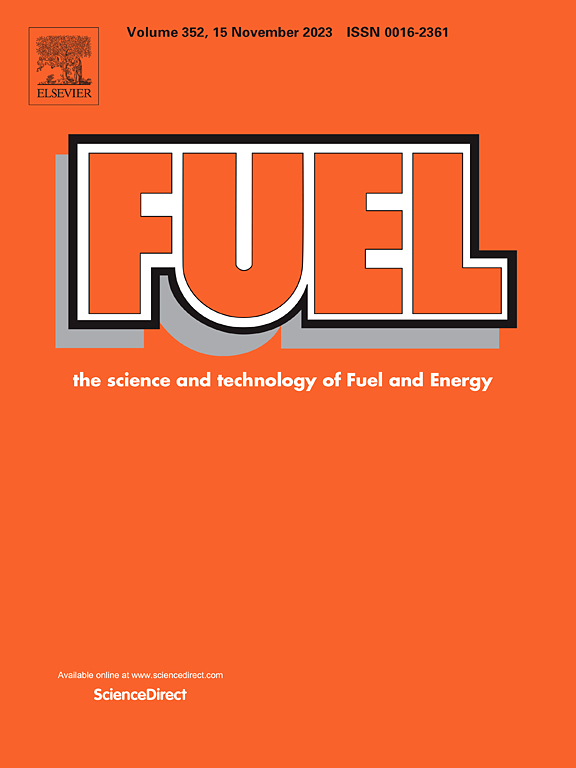Visualization study on the effects of water addition on microscopic and macroscopic spray characteristics of methanol with high-pressure direct injection
IF 6.7
1区 工程技术
Q2 ENERGY & FUELS
引用次数: 0
Abstract
The application of hydrous methanol in internal combustion engines is regarded as one of the most effective approaches to decreasing NOx emissions. However, there has been currently few researches on hydrous methanol spray characteristics, and it is unclear how water in methanol affects spray propagation and vaporization. Aiming to deeply understand the influences of water addition on methanol spray and provide theoretical basis for hydrous methanol direct injection in methanol engines, visualization tests were conducted to study the relevant characteristics of high-pressure direct-injected hydrous methanol sprays with water contents of 10% to 30%. The results indicate that water addition in methanol causes the reduction of particle Sauter mean diameter and slightly enhances vapor phase spray axial propagation. Suitable water introduction conduces to the contraction of liquid phase spray and accelerated methanol vaporization, while excess water addition impedes the transition of methanol from liquid to vapor. On the premise of maintaining the fuel energy and nozzle orifice diameter, hydrous methanol injection strategies of respectively keeping the same injection pressure and injection duration differ more greatly in vapor phase spray propagation and methanol vaporization as water content in methanol becomes higher. In addition, at the expense of deteriorated vaporization, the application of larger nozzle orifice diameter in hydrous methanol injection is able to achieve an optimal balance between fuel energy supply and vapor phase spray development under high water content conditions.
求助全文
约1分钟内获得全文
求助全文
来源期刊

Fuel
工程技术-工程:化工
CiteScore
12.80
自引率
20.30%
发文量
3506
审稿时长
64 days
期刊介绍:
The exploration of energy sources remains a critical matter of study. For the past nine decades, fuel has consistently held the forefront in primary research efforts within the field of energy science. This area of investigation encompasses a wide range of subjects, with a particular emphasis on emerging concerns like environmental factors and pollution.
 求助内容:
求助内容: 应助结果提醒方式:
应助结果提醒方式:


